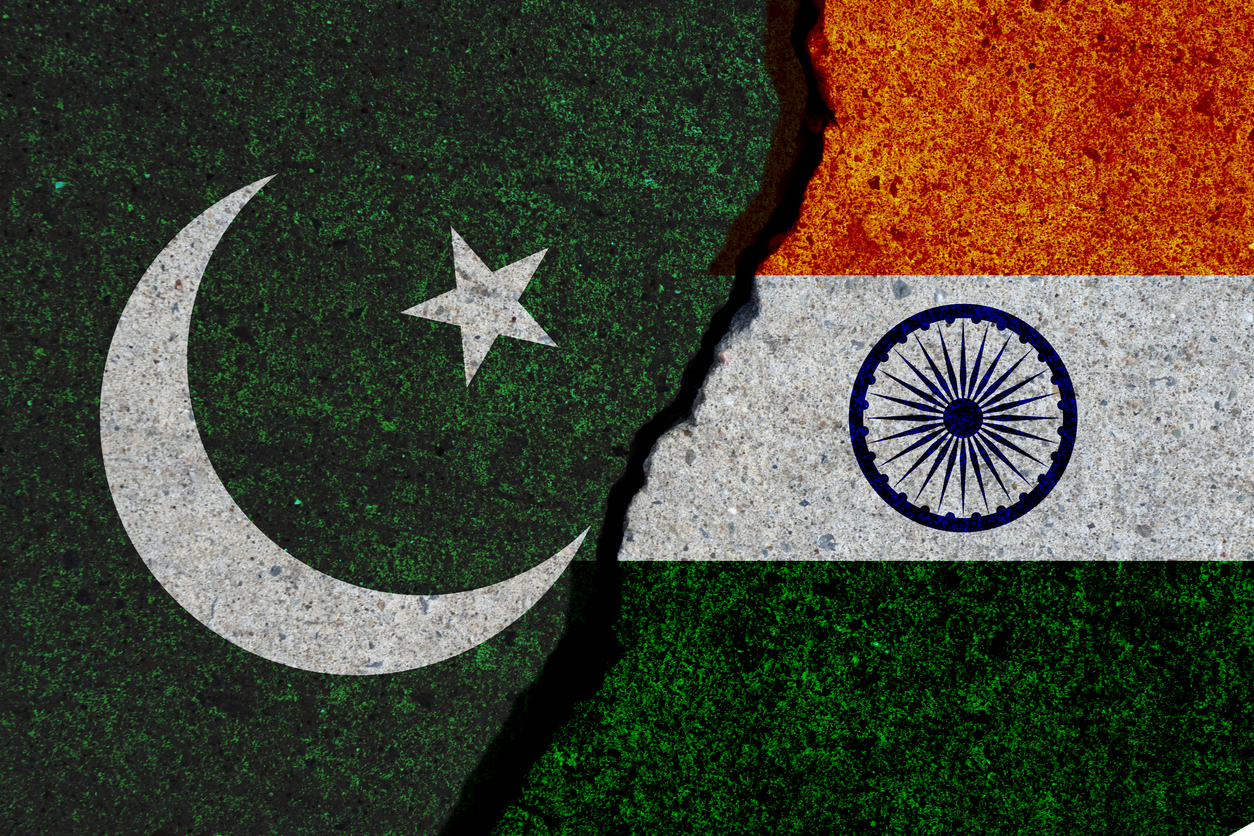Pakistan-India Backdoor Channel

Mohsin Shahid is M.Phil Scholar in Area Study Center for Africa, North and South America, Quaid-e-Azam University. His area of interest is oriental studies, identity politics and narrative studies with special focus on international media.
Leave a comment
Leave a comment


